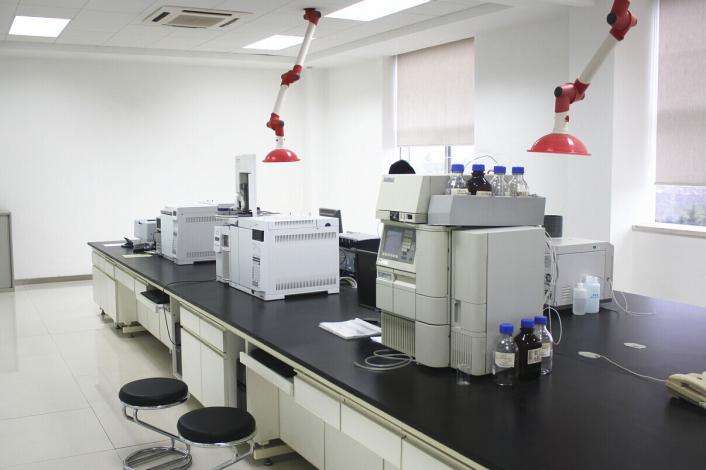With the growing demand for food testing, the production problems of nutrient composition analysis equipment have been gradually cracked. As in the similar problems of solving near-infrared spectroscopy light waves, companies have built-in machine learning programs for miniature spectrometers, making their accuracy in use continues to improve and meets people's needs for nutritional composition analysis.
When it comes to the labeling of nutrients, we have to say nutrition testers. Today's nutrient testing equipment is quite complete and the accuracy of equipment has been greatly improved. At the same time, the nutrient composition testing equipment continues to streamline the equipment itself, gradually transforming the bracelets, spoons, and other daily necessities into the daily home.
For foods, the nutrient composition table must be marked in the food packaging. The nutrient composition table items are generally energy, protein, fat, vitamins, carbohydrates, sodium, etc., according to different foods will be different. These labeled project component determinations require specialized nutritional analysis detectors.
It has been observed that household-type nutrient content analyzers currently circulating on the market are mainly detected in two ways. One is the analysis of nutrient content by weight data. This test device first weighs the food and then calculates the nutrient content based on the built-in database. Because the database is built-in, devices can be detected without networking, and are extremely useful to people who are not accustomed to using Internet devices.
One is an instrument that uses near-infrared spectroscopy to determine the extent of absorption of different components in foods. Since 13 years, this kind of equipment has been developed in an endless stream. For example, SCiO uses digital light source processing technology to reduce the near-infrared spectrometer to the palm of your hand. The first use of it to scan the food and then the cloud data in the mobile phone APP can be measured. The food nutrient composition was derived; in China, someone also invented the Light Talk micro-substance component analysis system, which can be tested by hand using the food substance composition detector. In addition to the determination of nutrients, these micro-spectrometers can also detect food freshness, additives, and even out of the food industry, such as medicine, jade, and other directions.
It can be seen that with the increasing demand for food testing, the production problems of nutrient composition analysis equipment have been gradually cracked. As in the similar problems of solving near-infrared spectroscopy light waves, companies have built-in machine learning programs for miniature spectrometers to make them Accuracy continues to increase during use, realizing the need for nutrient composition analysis. It is believed that with the continuous advancement of science and technology, more food analysis equipment can fly into the homes of ordinary people and realize people’s expectations for food safety.
Food instrument testing is currently the most sophisticated and authoritative means of detection in the field of food safety. It uses a large number of advanced testing equipment to detect various traces of toxins that may be present in food, thereby avoiding the possibility of an outbreak similar to food poisoning.
The indicators of food safety instrument testing include the general composition analysis, trace element analysis, pesticide residue analysis, veterinary drug residue analysis, mycotoxin analysis, food additive analysis, and analysis of other harmful substances. According to the characteristics of the tested items, the inspection of each index corresponds to the corresponding inspection method.
In addition to the traditional methods of routine analysis, instrumental analysis methods have gradually become the main means of food hygiene inspection, including spectrophotometry, atomic fluorescence spectrometry, electrochemical, atomic absorption spectrometry, gas chromatography, high performance liquid chromatography and so on. The above test methods can be roughly divided into inorganic component analysis methods and organic component analysis methods according to the inspection items.
The analysis and inspection items for inorganic components mainly include trace elements such as copper, lead, zinc, manganese, cadmium, calcium, and iron. Analytical methods include atomic spectroscopy, spectrophotometry, electrochemical methods, ion chromatography and other methods.



